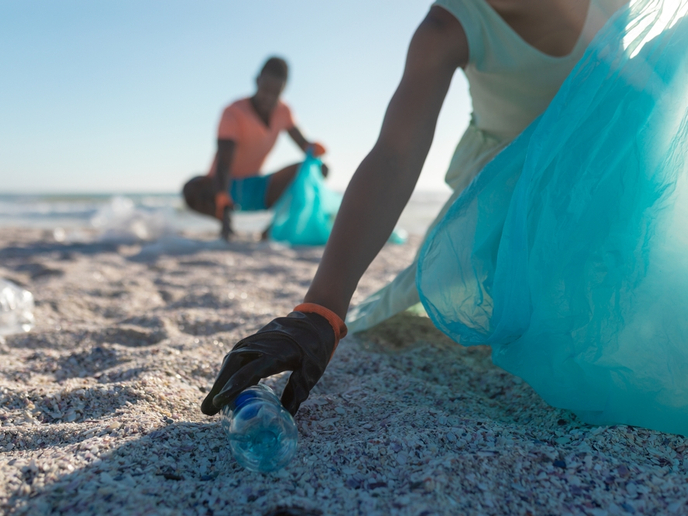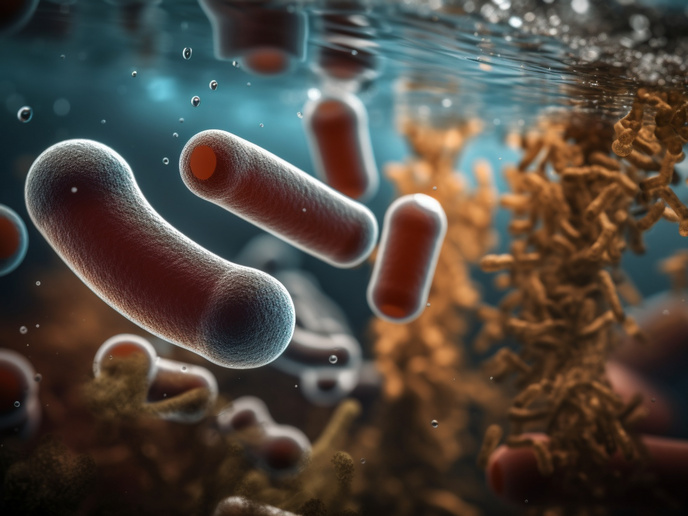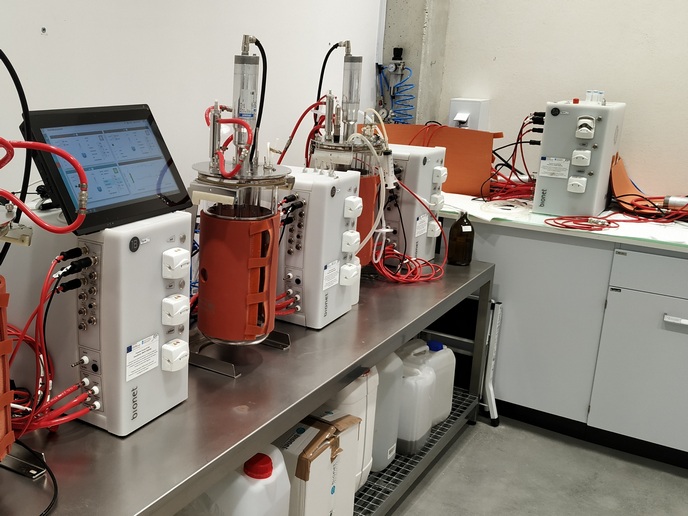Alpine lakes reveal importance of viruses in freshwater environment
Viruses are among the most abundant biological entities on Earth and can be found across a range of habitats, including rivers and lakes, and in some of the harshest environments. They impact on bacterial communities and can influence their evolutionary dynamics, mineralisation processes, energy transfer across trophic levels and greenhouse gas emission. Despite controlling important ecological processes in aquatic systems, the factors governing viral community dynamics and ecological functions in freshwaters remains poorly understood. The metaVir-Alp project with the support of the Marie Skłodowska-Curie programme addressed this knowledge gap, focussing on viral communities in freshwaters, which are particularly relevant for the Alpine region and other EU areas. Scientists characterised the genetic diversity, structure and function of viral and bacterial communities in freshwater systems along an altitudinal gradient combining metagenomics, microbiology, and advanced computation. “We used the endangered alpine lakes as a model system,” explains project coordinator, Dr Federica Pinto. “Specifically, we focused on four lake sediments that are hotspots of carbon cycling due to the large deposition of terrestrially derived carbon and the greenhouse gases outgassing.” Improved investigation of the virome A pre-sampling session was first carried out to implement and validate the protocols for the various steps, including sample collection, viral-enriched samples generation, and virome library preparation. The second stage involved two other field sessions that enabled researchers to construct a comprehensive dataset with physico-chemical data and viral and microbial abundance profiles for each lake. Scientists also generated a DNA bank of 34 microbial and 34 viral communities with the aid of high-throughput sequencing. “These two extensive datasets expanding on the spatial and temporal dimensions of lakes are extremely valuable for supporting current and future studies of freshwater microbial and viral communities of alpine lakes”, Dr Pinto explains. Results showed that the choice of filters’ pore size is important when employing filtration as a viral enrichment method for high-throughput sequencing. Furthermore, since viral-enriched samples contained a significant portion of microbial taxa, particular care should be taken in the computational pre-processing step of the metagenomes before any further analysis. These limitations in virome studies were validated in public datasets where the biases were even stronger. The virome refers to the collection of nucleic acids, both RNA and DNA, that make up the viral community associated with a specific ecosystem. “Our results will therefore provide the basis for more informed and accurate future virome investigations,” states Dr Pinto. New microbial genomes studied Furthermore, the development of a viral-specific computational metagenomic pipeline will enable the characterisation of new viral groups and understanding viral assemblage structure in natural environments. Scientists also genetically characterised the Cyanobacteria Tyconema bourrellyi. This important species can produce neurotoxins that are harmful to both human and animal health. In addition, three new microbial genomes of potential symbionts of cyanobacterial organisms were recovered and assembled. metaVir-Alp will benefit microbiologists, bioinformaticians and limnologists, producing the first metagenomic database on viral communities in freshwater sediments, integrating both the projects new samples and the few samples available in the literature. “This will pave the way for new research in both basic and applied microbiology in freshwaters and will fill a gap in environmental virology by producing a highly valuable viromes sequence database,” Dr Pinto concludes.
Keywords
metaVir-Alp, virome, microbial, bacteria, metagenomic, Alpine lakes, virus, database







